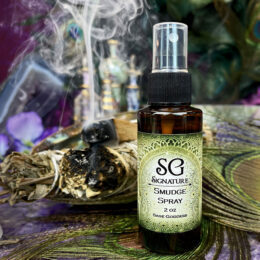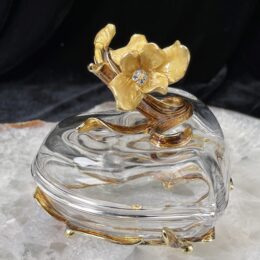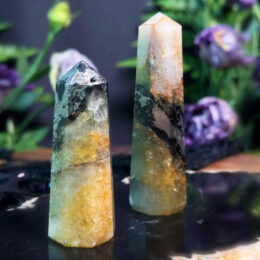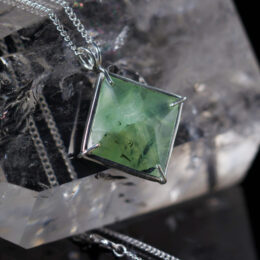Your cart is currently empty!
Himalayan Salt Guide: Properties and Meaning
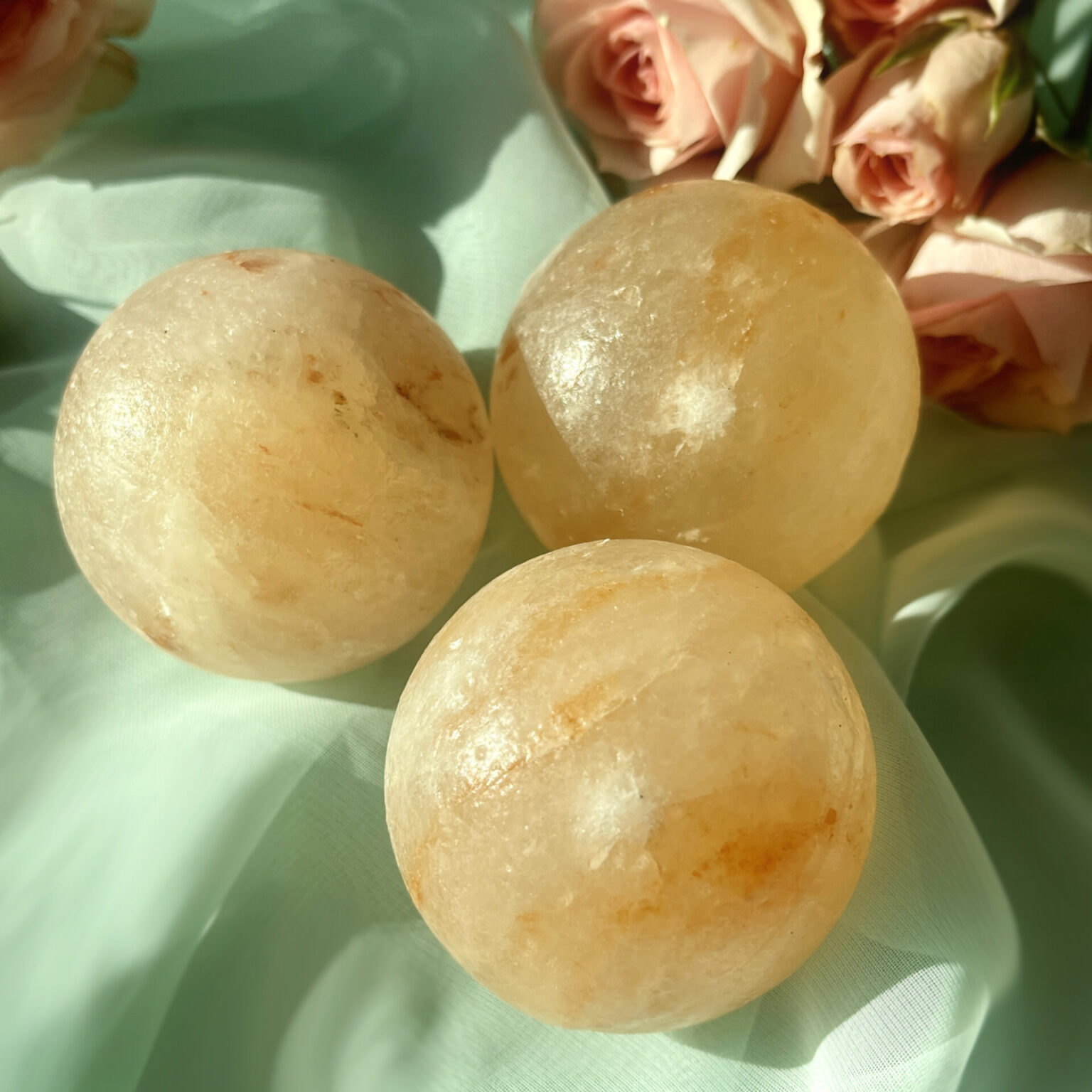
Himalayan Salt Properties
Color: PinkMohs Hardness: 2.5Chakra: Throat.Crystal Structure:cubicLocation: Pakistan, India, Nepal
About Himalayan Salt
Himalayan Salt is a type of salt that is mined from the Khewra Salt Mine in the Punjab region of Pakistan. It has a distinctive soft pink hue and is considered one of the purest forms of salt available. This salt offers numerous health benefits and is commonly used for cooking, as well as for its therapeutic properties.
The history of Himalayan Salt
The history of Himalayan Salt dates back thousands of years. The salt deposits in the Khewra Salt Mine were formed millions of years ago when the area was covered by a prehistoric sea. Alexander the Great discovered the salt during his conquest of the region in 326 BC. Since then, the salt has been utilized by various civilizations for its healing properties and as a valuable trade commodity. Today, Himalayan Salt remains highly sought after for its unique qualities and finds wide usage in various industries, including culinary, wellness, and home decor.
What are the healing properties of Himalayan Salt?
Himalayan Salt has cleansing and purifying properties. It also has a direct connection to the throat chakra, which is associated with communication and self-expression.
What are the metaphysical/spiritual properties of Himalayan Salt?
Himalayan Salt helps balance the energy of a space and promotes a sense of calm and relaxation. Its soft pink hue represents love and compassion. It is considered a powerful tool for enhancing spiritual practice and promoting overall well-being.
Himalayan Salt FAQ
What is Himalayan Salt used for?
Himalayan Salt is commonly used for cooking and seasoning food. It is also used in spa treatments, as bath salts, and in salt lamps for its health benefits.
What does Himalayan Salt do?
Himalayan Salt has various health benefits, such as improving respiratory conditions, promoting better sleep, and reducing inflammation. It is also used to enhance the flavor of food and as a natural alternative to conventional table salt.
Can Himalayan Salt go in water?
Yes, Himalayan Salt can be dissolved in water to create a saline solution. This solution can be used for nasal irrigation, gargling, or as a bath soak to help soothe and cleanse the body.
How to cleanse Himalayan Salt?
To cleanse Himalayan Salt, you can simply rinse it under running water or wipe it with a damp cloth. It is important to avoid using any harsh chemicals or abrasive materials that may damage the salt.
What does Himalayan Salt do spiritually?
Himalayan Salt has spiritual properties that can help cleanse and purify the energy in a space. It is often used in salt lamps or as decorative pieces to create a calming and harmonious atmosphere.
How to clean Himalayan Salt?
To clean Himalayan Salt, you can gently wipe it with a soft cloth or brush off any dust or debris. Avoid using water or any cleaning agents, as they may dissolve or damage the salt.
How to spot fake Himalayan Salt?
To spot fake Himalayan Salt, you can look for certain characteristics. Genuine Himalayan Salt should have a pink or reddish color, be slightly translucent, and have a coarse texture. It should also have a distinct mineral taste.
Is Himalayan Salt toxic?
Himalayan Salt is generally considered safe for consumption in moderate amounts. However, it is important to note that excessive intake of salt, including Himalayan Salt, can have negative health effects, such as high blood pressure.
Where is Himalayan Salt found?
Himalayan Salt is primarily found in the Khewra Salt Mine in Pakistan, which is located in the foothills of the Himalayas. This mine is one of the largest and oldest salt mines in the world.
How is Himalayan Salt pronounced?
Himalayan Salt is pronounced as “hi-muh-lay-uhn salt.”
What chakra is associated with Himalayan Salt?
Himalayan Salt is commonly associated with the Root Chakra, which is located at the base of the spine. It helps ground and stabilize energy, promoting a sense of security and balance.
Can Himalayan Salt be in the sun?
Yes, Himalayan Salt can be exposed to sunlight. However, prolonged exposure to direct sunlight may cause the salt to fade or lose its color. It is best to keep it in a cool, dry place when not in use.
How to charge Himalayan Salt?
To charge Himalayan Salt, you can place it in direct sunlight or moonlight for a few hours. This enhances its energy and properties. Alternatively, you can also bury it in the earth for a period of time.
What is the hardness of Himalayan Salt?
Himalayan Salt has a relatively low hardness level, ranging from 2 to 2.5 on the Mohs scale. This means it is relatively soft and can be easily scratched or damaged.


